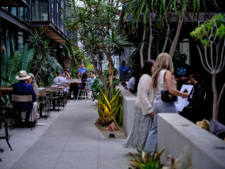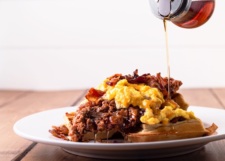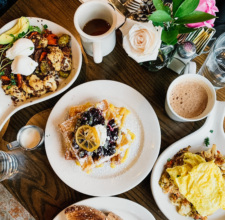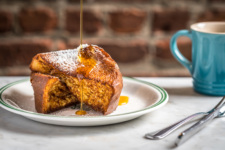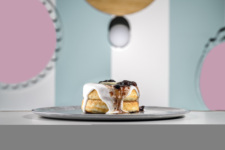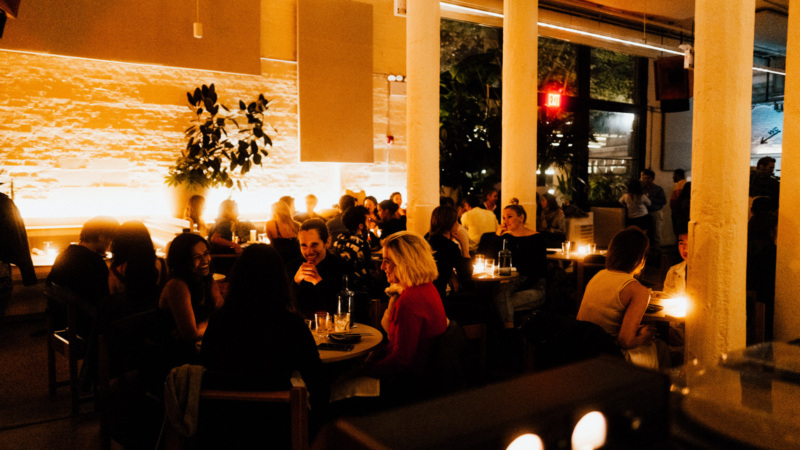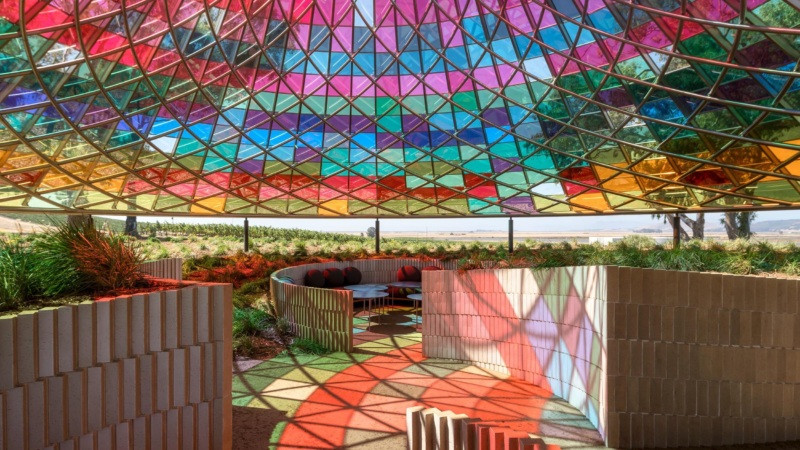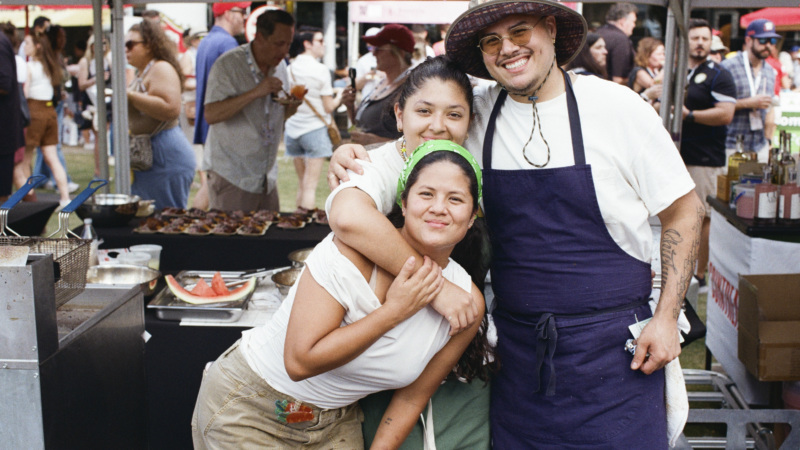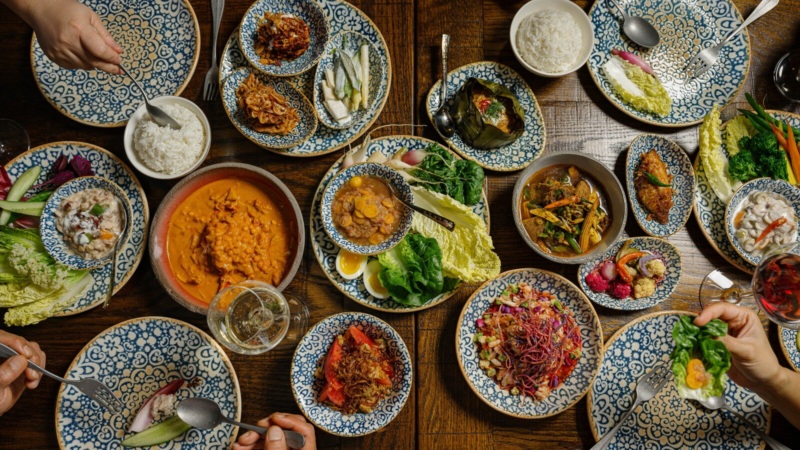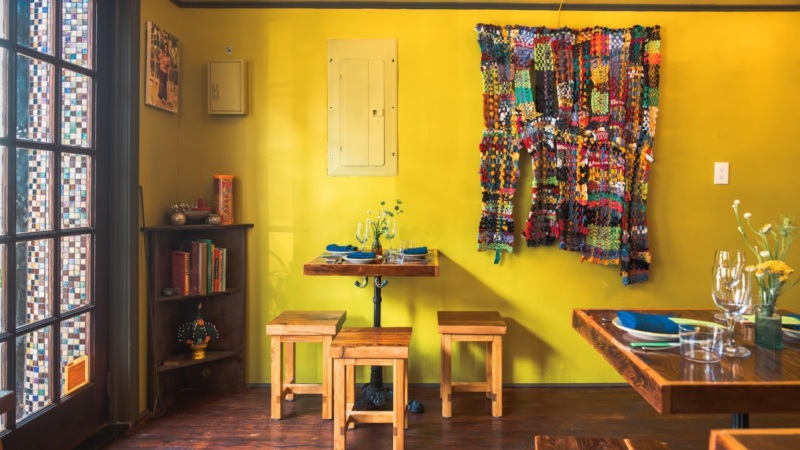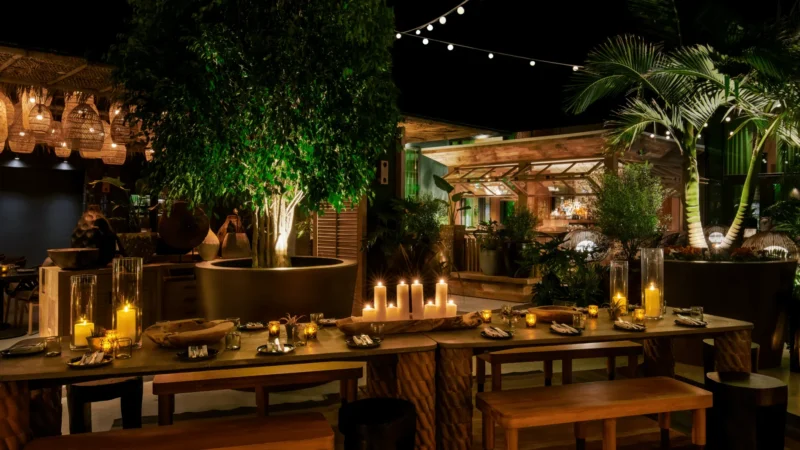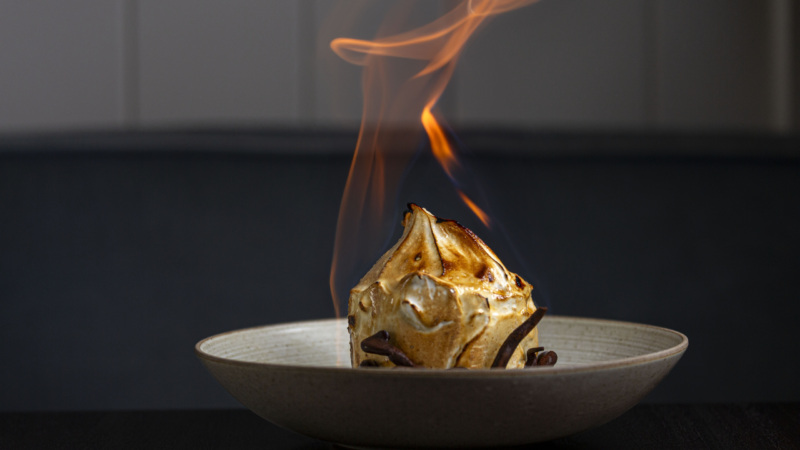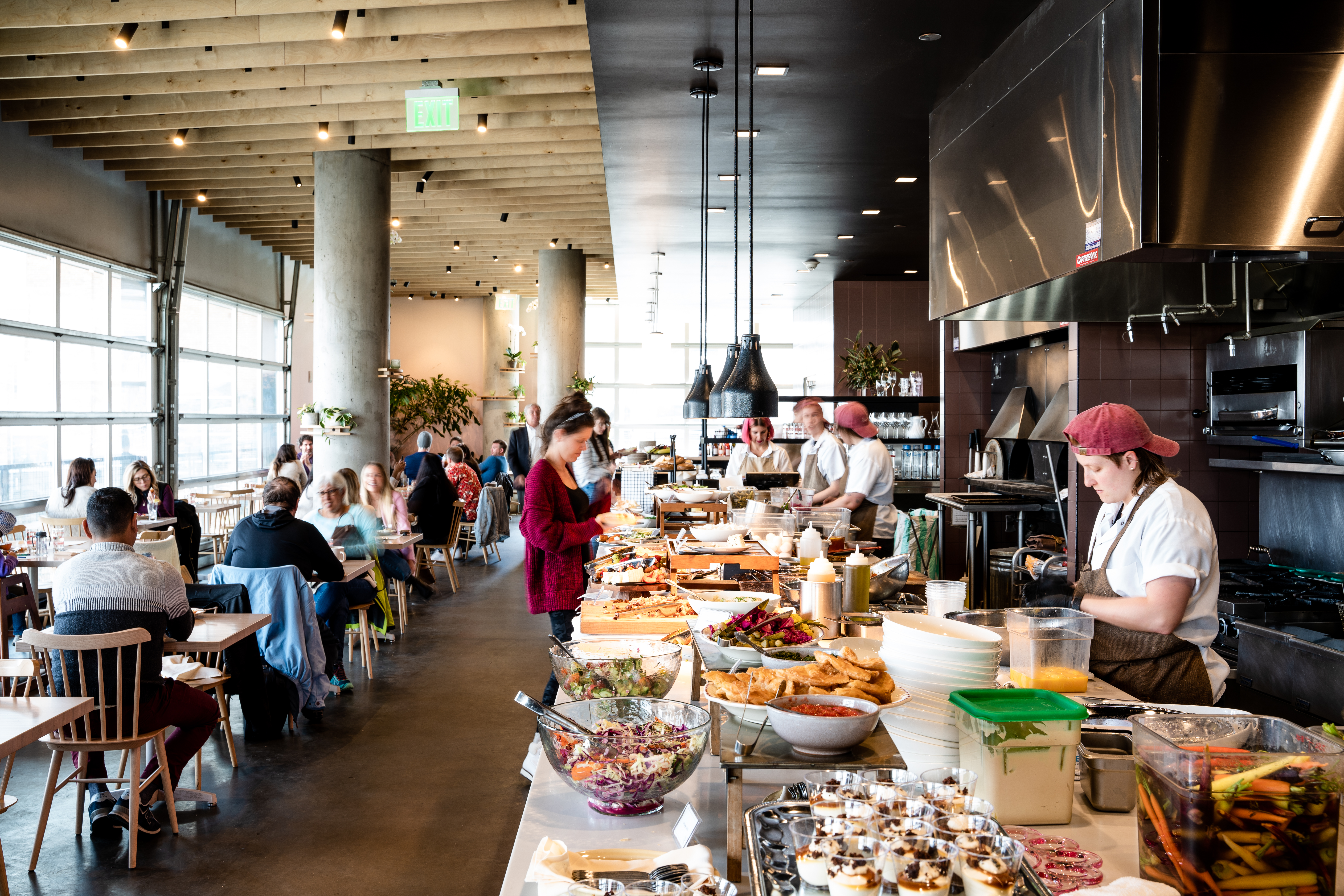
Why Restaurants Are Revisiting the Brunch Buffet
Published:
When you think “breakfast buffet,” memories of rubbery eggs and stale cereal at hotels or casinos perhaps come to mind.
At Safta in Denver, think again. On weekend mornings at Alon Shaya’s modern Israeli restaurant, more than 50 feet of counter space is covered with about 100 different options. From charred peppers with feta to latkes to roasted lamb shoulder, it’s safe to say Safta’s offerings don’t resemble typical American brunch fare.
“There’s just this bountiful spread that stretches the whole length of the restaurant,” says Shani Pelletier, Safta’s general manager. “When people walk in, there’s this excitement about so many things to try.” And for $50 per person (it’s $20 for children 13 and under, and free for 10 and under), diners can aim to try as many dips, pastries, and breads as they like.
The inspiration for Safta’s buffet, which launched in 2019, was cultural, Shaya says. “I really looked back at the incredible Israeli breakfasts and brunches I had while traveling in Israel over the years.”
But a breakfast buffet also has advantages, which many restaurants have known for decades: fewer servers needed, and the ability to turn tables over faster and accommodate more guests. With many restaurants still recovering from the pandemic, plus staffing shortages, and rising food costs, more higher-end eateries across the country have embraced the format, including Philadelphia’s Harp & Crown, Chicago’s Park and Field, and Boston’s Darryl’s Corner Bar.
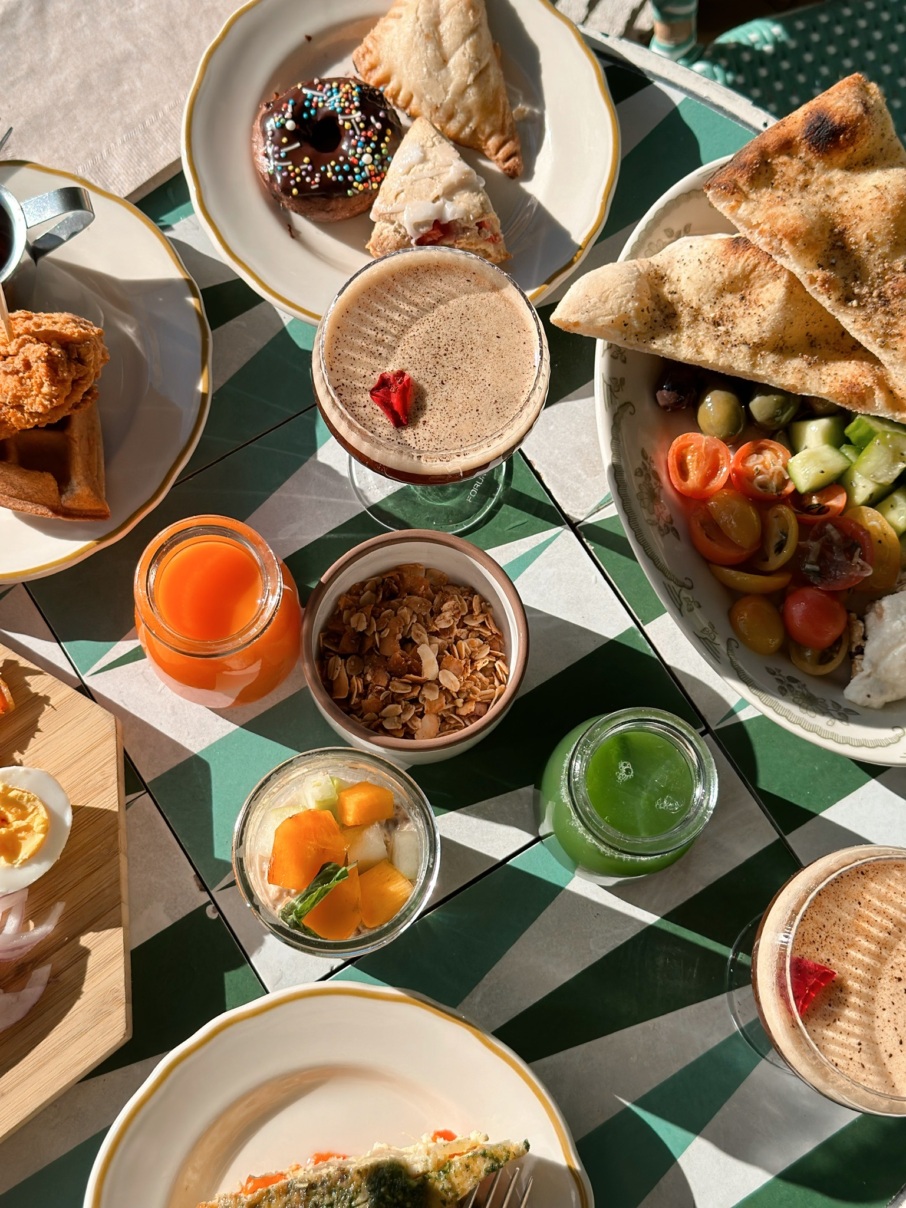
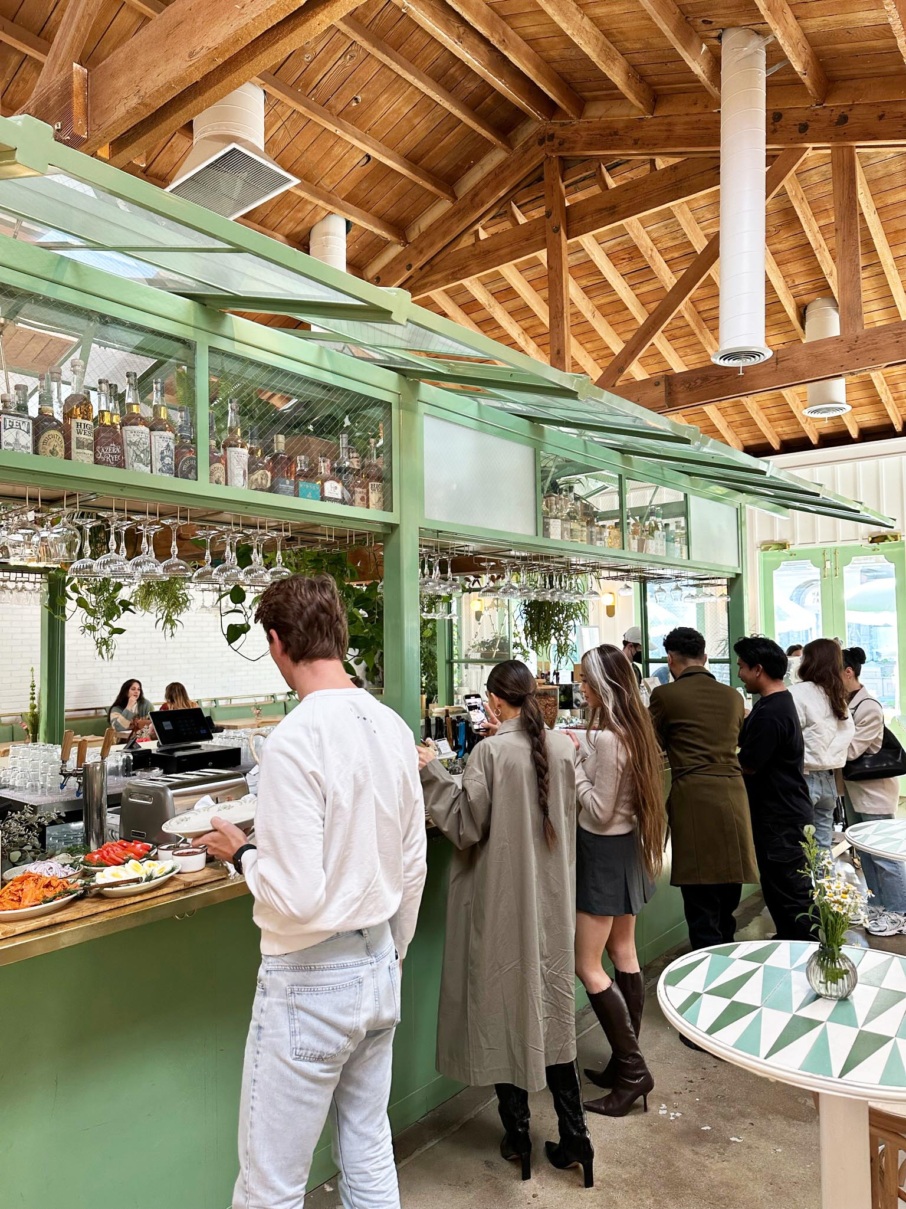
At The Butcher’s Daughter in Los Angeles, the West Hollywood location’s ‘Breakfast Club’ menu has been a hit, says Kari Hendrick, director of operations, West Coast: “I think one of the biggest draws is the amount of food you get for the price.”
For $28, the all-inclusive breakfast bar, which run weekday mornings from 9 a.m. to noon, offers a daily selection of specialty lattes, cold-pressed juices, and smoothies, plus dishes such as a farmers market frittata, French toast bread pudding, and a vegan version of “chicken” and waffles (the “chicken” is made from yuba). Other beverages, as at Safta, and sides can be added on for an additional cost.
Introduced in January, Hendrick explains, the idea was “really to make breakfast fun again” and to create community. “We want people to come in, grab a coffee, grab a newspaper, and talk to their neighbors. Regular dining doesn’t offer this. But at a breakfast club, you might bump into someone in line, strike up a conversation, and join them for a chat over coffee.”
It was also a strategic move for The Butcher’s Daughter after opening the West Hollywood location, their second in Los Angeles. “It was a great way to let people know we’re in the neighborhood, and to try many of our offerings in one shot,” she notes. “We really wanted to feature items from our menu at first, to tease people to [come in], then entice them to come back.”
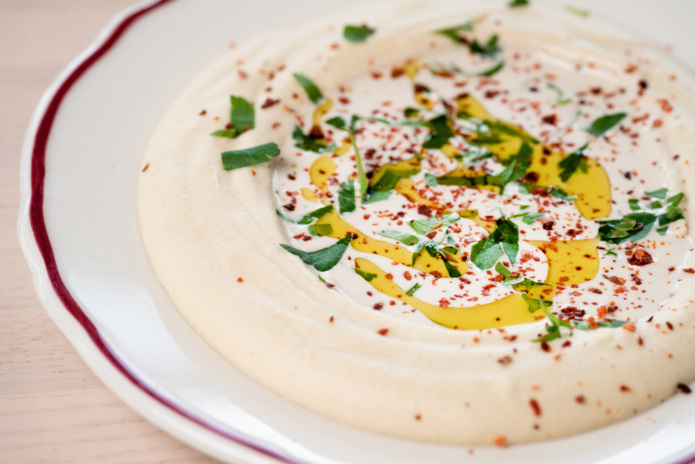
The Safta spread. Photos by Werk Creative
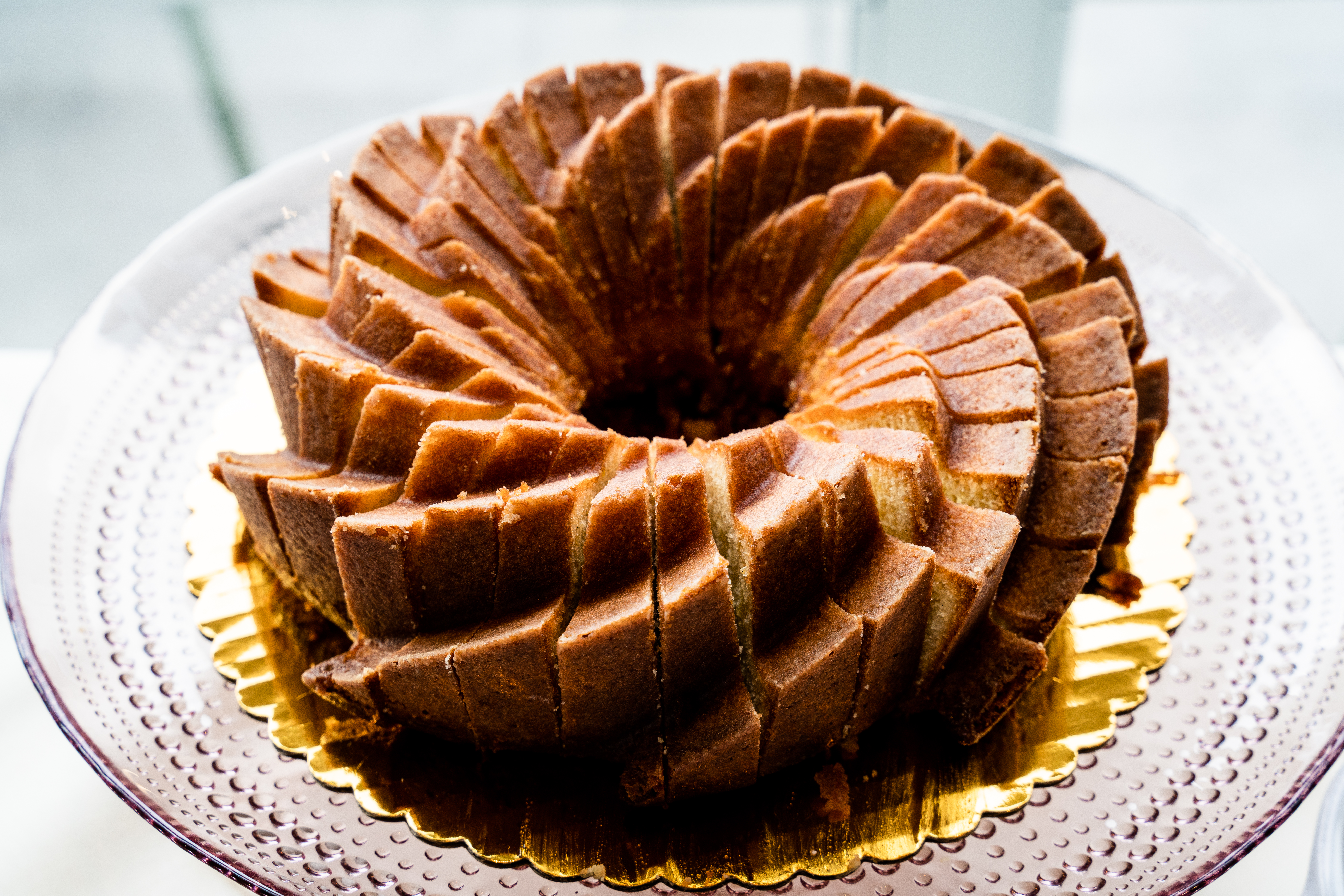
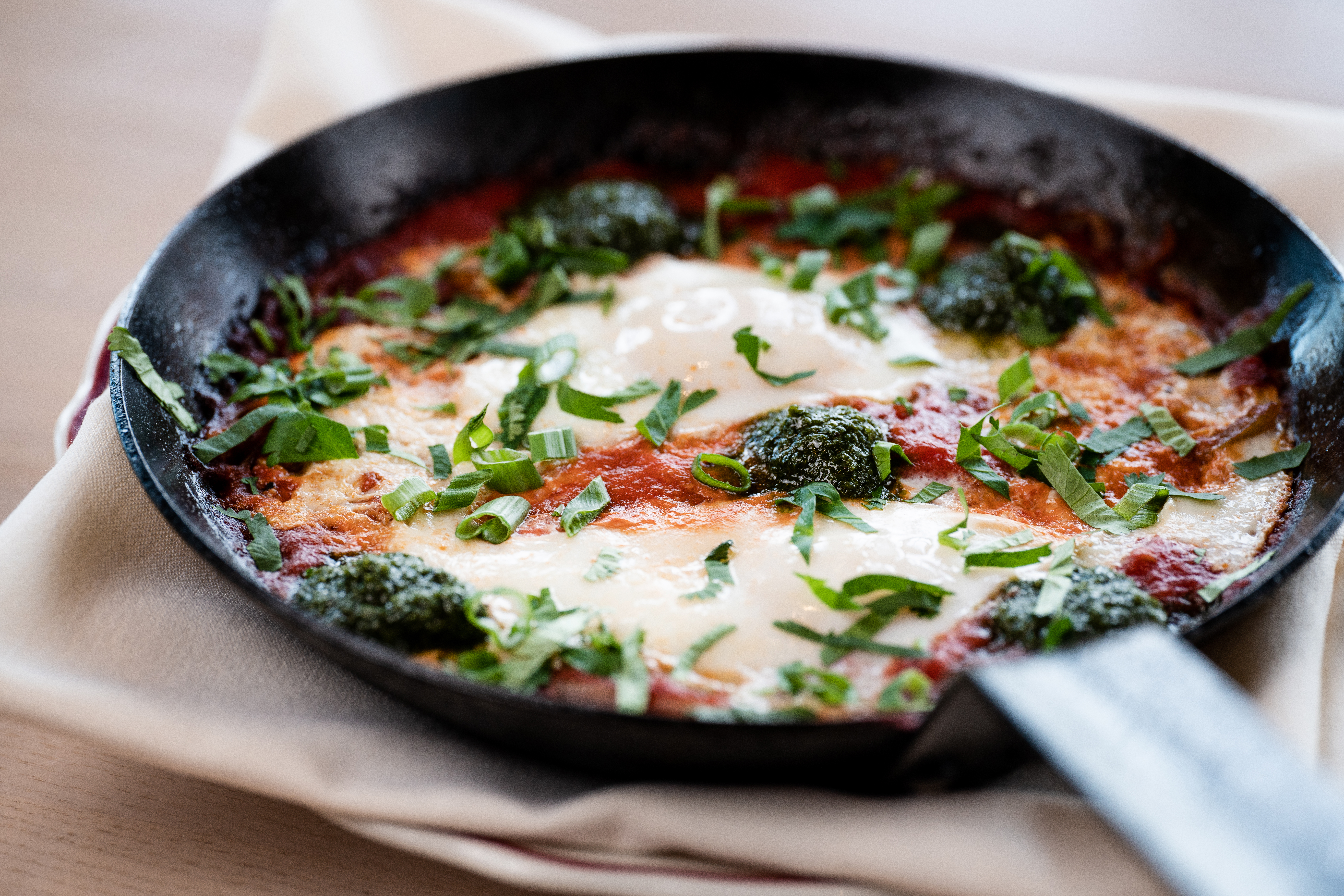
On the operations side, too, a buffet can be beneficial (especially for a meal many chefs and restaurant staff famously dislike). Hendrick says they chose items that not only showcase the menu, but also taste good when deconstructed as breakfast bar items. They’ve also been able to cut back on labor costs, and set-up and prep are consistent.
“The buffet helps our food cost, our labor, and our general overhead,” agrees Pennington Pribbenow, COO of Red Pebbles Hospitality, which operates Adele’s in Nashville’s Gulch neighborhood. Reservations for the $32 per person brunch buffet at Adele’s, which features a vast array of everything from bagels to kale salad to pulled pork and fried okra, are booked solid most weekends.
That doesn’t mean labor costs are zero, of course, even for servers. “We still have a large team on hand to serve beverages, clear tables, cook the food, plate new dishes and take care of the guests,” Safta’s Shaya points out. “It’s more about the customer advantages that make the buffet so special.”
It’s more about the customer advantages that make the buffet so special.— Alon Shaya, Safta
The Butcher’s Daughter in West Hollywood is also focused on maintaining interaction with patrons. “We still have servers greet each table, get a drink order, and follow up to add on sides,” Hendrick notes. “We really still want that personal touch from our staff.”
And, as with any new or different venture, there are challenges, from waste to balancing the quality and offering of the buffet dishes with food cost. And not all restaurants have the room or counter space for such an endeavor — the teams behind Safta and The Butcher’s Daughter haven’t been able to replicate the experience at all their sister restaurants (though the Breakfast Club is launching at The Butcher’s Daughter in Brooklyn this spring).
Still, as a recent National Restaurant Association report found, in 2023, consumers are prioritizing restaurant experiences while operators are looking for ways to stand out, all amidst a troubled economic backdrop. For some restaurants, a buffet brunch with unexpected offerings is a way to let diners have their cake … and anything else they want from the buffet, too.
Sophia Gottfried is a writer based in Los Angeles. You can follow her on Instagram. Follow Resy, too.
